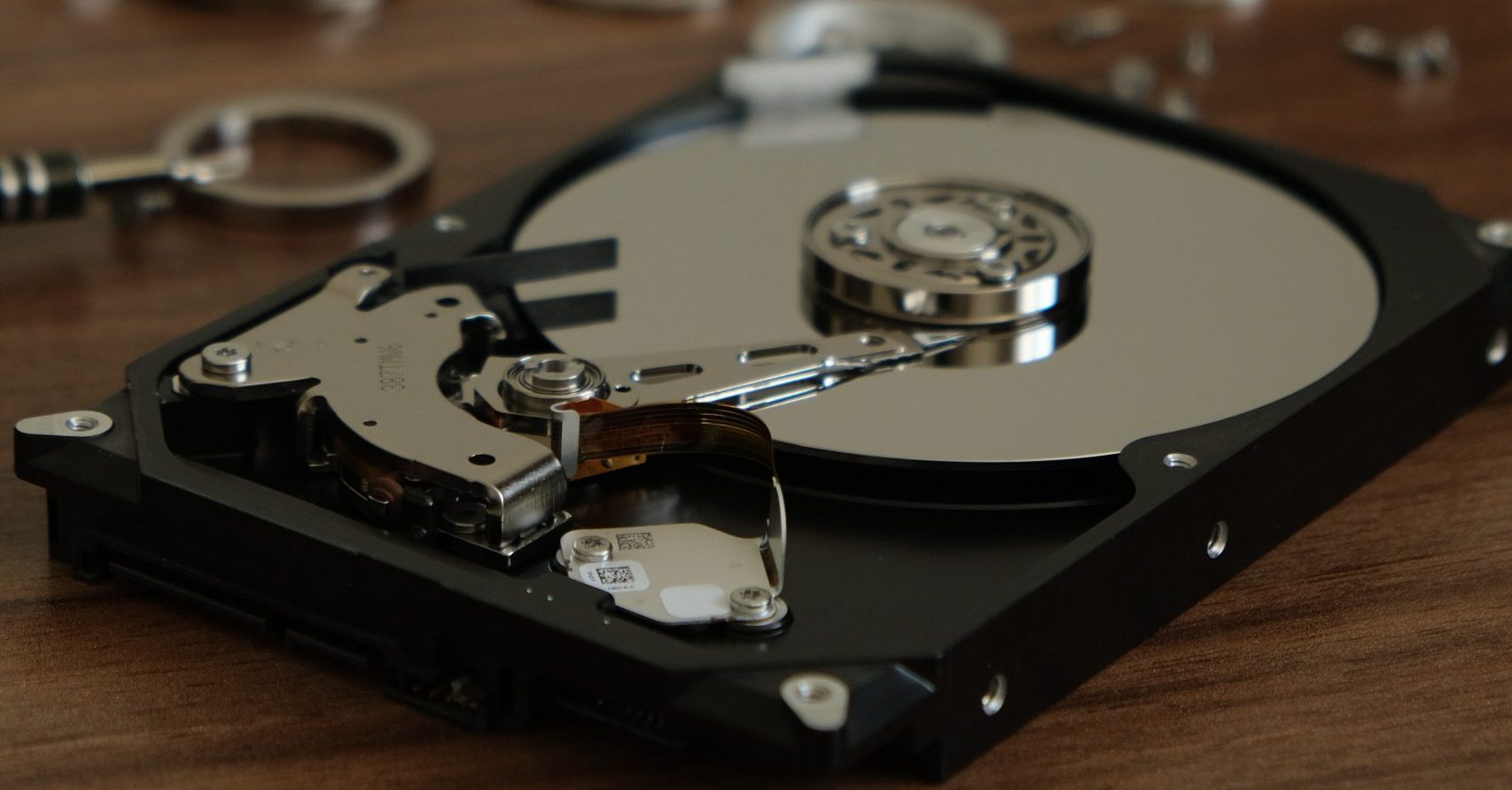In this article, we’ll break down what NIST 800-88 actually requires, why storage media of all types can defy expectations, and how verification services close the gap between intention and assurance.
Seagate Multi Actuator Technology: Data Recovery

By Mike Cobb, Director of Engineering
Capacity Versus Performance
Rapid advances in technology have catapulted the amount of data that can be stored by single devices to higher and higher levels. Hard disk drives (HDDs) lead the game against solid state drives (SSDs) when it comes to storage capacity; however, size is just one part of the data storage formula.
The popularity of SSDs continues to grow rapidly. This is primarily because solid state performance tends to be so much faster than spinning disk HDDs. Since the introduction of flash data storage into the marketplace, consumers have been faced with a choice: capacity or performance?
The ultimate goal, of course, is to increase both capacity and performance. Hence the introduction of hybrid and fusion drives, which combine HDD drives with SSD into units that work together as one. These hybrid drives work well for consumers but are not built for use in larger systems. So for companies storing and using huge sets of data, such as data centers, the problem of capacity versus performance persists.
As 2017 came to a close and the world was preparing for new beginnings in 2018, Seagate announced that it had developed a solution. The new Seagate multi-actuator design is expected to be available for purchase in 2019.
Building Off Existing Technology
As the platters in an HDD speed along at an average rate of 7,200 RPM, a cushion of air is created on which the actuator arm and read/write heads float a mere three nanometers above the fragile surface of the rotating disks. A single file consists of a staggering number of pieces, scattered across the platters. As the actuator arm flies back and forth across the surface of the spinning platters, the read/write heads read and register data one unit at a time until all of the pieces have been pulled for that single file, or write one unit at a time until the full file is written to the disk.
HDDs today generally contain multiple platters, each with a dedicated actuator arm and read/write head. This does not mean, however, that an HDD with three platters and three actuator arms is picking up three units of data at a time. In fact, in a traditional HDD, only one unit of data is ever read or written at a time no matter how many platters, actuator arms or read/write heads. The group functions as a single unit as it races to complete each task. The larger the file, the longer it takes to complete the task of reading or writing it.
This is where the difference lies with the new multi-actuator hard drive from Seagate.
With the new multi-actuator technology, the actuator arms are split into two groups that operate independently from each other. Now, the hard drive can collect data two units at a time rather than one, effectively doubling performance speed. For data centers tasked with storing huge amounts of data and serving it to thousands of people at a time, this is a really big deal.
Data Recovery of Multi-Actuator Drives
With additional components in these Seagate devices, there are even more parts to potentially experience mechanical failure. All the same, data recovery of these new Seagate drives will essentially be the same as recovery of data from traditional HDDs. This is because the components, though there are more of them, are essentially the same.
Extreme damage and data loss can result if any particulate matter (even something as thin as a human fingerprint) gets between the surface of the rotating disk and the read/write heads. Any foreign object could be struck by one of the heads, causing damage to the mechanism and destruction of data. Therefore, as with traditional HDDs, a Certified ISO Class 5 Cleanroom will be necessary in cases of mechanical failure, head crash or other failure of a physical nature that requires the drive to be opened in the data recovery process.
Part swaps, for the most part, will also be the same with multi-actuator drives as with conventional HDDs. Read/write heads are read/write heads, actuator arms are actuator arms. However, placement and assembly of components may be quite different and will likely require the development by DriveSavers engineers of new proprietary tools to use for disassembly and reassembly.
Logical data recovery will likely have some differences with the new multi-actuator devices. New software will be necessary for the functioning of these devices. As a result, the logical reconstruction of files written using this new software will likely have some differences as well. As always, we’re up for the challenge.
Eventually, all drives fail, no matter how it’s built or how new its technology is. Backing up the data properly will continue to be essential. When this new technology eventually finds its way through the doors of DriveSavers, we’ll be ready.





